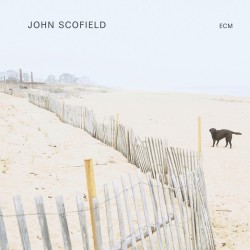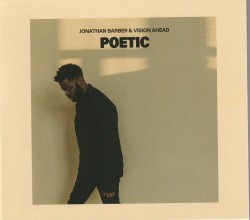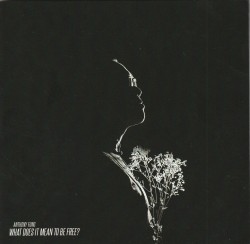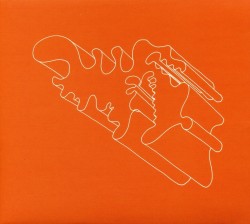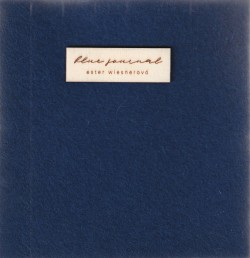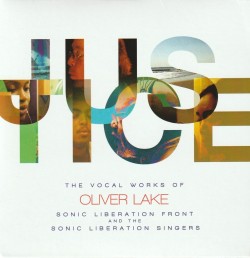Interpret It Well - Ches Smith; Craig Taborn; Mat Maneri; Bill Frisell
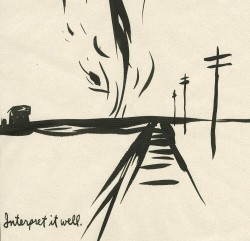 Interpret It Well
Interpret It Well
Ches Smith; Craig Taborn; Mat Maneri; Bill Frisell
Pyroclastic Records PR 19 (chessmith.com)
Drummer/vibraphonist Ches Smith’s capacity for creative synthesis became clear with last year’s Path of Seven Colors, a combination of Haitian vodou music and jazz, ultimately named best jazz album of the year by The Guardian. Interpret It Well is similarly outstanding work, adding guitarist Bill Frisell to Smith’s trio with pianist Craig Taborn and violist Mat Maneri. The title appears in a sparse drawing by Raymond Pettibon in whIch a railroad track and telephone poles seem to drift toward approaching smoke or a tornado. (It’s sufficiently significant that a 42 by 27cm reproduction is folded in the CD sleeve.)
Working with Smith’s compositional sketches, the musicians meet the titular challenge admirably, with a special balance of individual freedom and collective invention, at different moments weaving together disparate materials into a kind of polyphonic unity. As the theme of the title track is gradually elaborated, a Webern-ish abstraction is matched by the concrete blues of Frisell’s electric guitar. Taborn is transforming throughout, luminous flurries giving way to looming chords, which turn to arpeggiated pointillism with drums and viola adding turbulence. Mixed Metaphor opens with a sparse, liquid beauty but ultimately becomes a home for Maneri’s dissonant intensity.
The program unfolds with a sense of assembling meaning, a new understanding intuited out of what might be described as complementary disjunctions among harmonies, melodies, rhythms and timbres, a different music arising from familiar elements and rare empathy.


